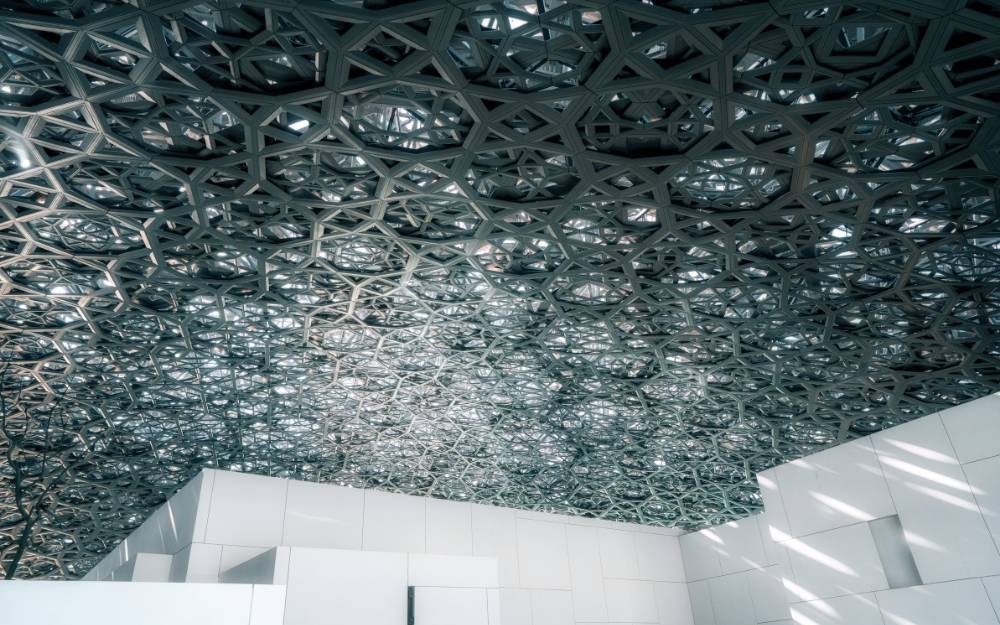Every remarkable design begins as a simple idea—an abstract spark waiting to be shaped into something tangible. The journey from concept to creation is where innovative design thrives, blending imagination, strategy, and execution to bring visions to life. In today’s world, where design is central to industries from entertainment to architecture, understanding this creative process reveals how groundbreaking ideas are transformed into impactful realities.
The Power of a Strong Concept
At the heart of every great design is a concept that inspires. This is the stage where creativity is limitless—where sketches, mood boards, and brainstorming sessions set the foundation for what’s possible. Concepts often emerge from cultural influences, personal experiences, or global trends, but the key lies in identifying a core idea strong enough to guide the project through every phase.
Research and Refinement
Concepts alone aren’t enough. The next step is research—understanding audience needs, market trends, and technological opportunities. This ensures that the design isn’t just beautiful but functional and relevant. Here, refinement plays a crucial role: eliminating distractions, sharpening focus, and aligning the concept with its intended purpose.
Collaboration as a Catalyst
Innovative design rarely happens in isolation. Collaboration with artists, engineers, developers, or performers brings diverse perspectives that push the concept forward. When different disciplines converge, design becomes richer, more multidimensional, and better equipped to adapt to complex challenges.

Technology Driving Creation
Modern tools have revolutionized the journey from concept to creation. Digital modeling, 3D printing, projection mapping, and immersive simulation software allow designers to test ideas in real time. This not only accelerates the process but also opens new creative possibilities that were unimaginable a decade ago.
Bringing Ideas to Life
Execution is where vision meets reality. Whether it’s stage design, a digital interface, or an installation, the final creation embodies months of iteration, problem-solving, and craftsmanship. The ability to transform a concept into a tangible, immersive experience is what sets innovative design apart from conventional approaches.
Why It Matters
The journey of design is about more than aesthetics—it’s about solving problems, sparking emotions, and shaping the way people interact with the world. By respecting the process from concept to creation, designers ensure their work not only inspires but also endures.



